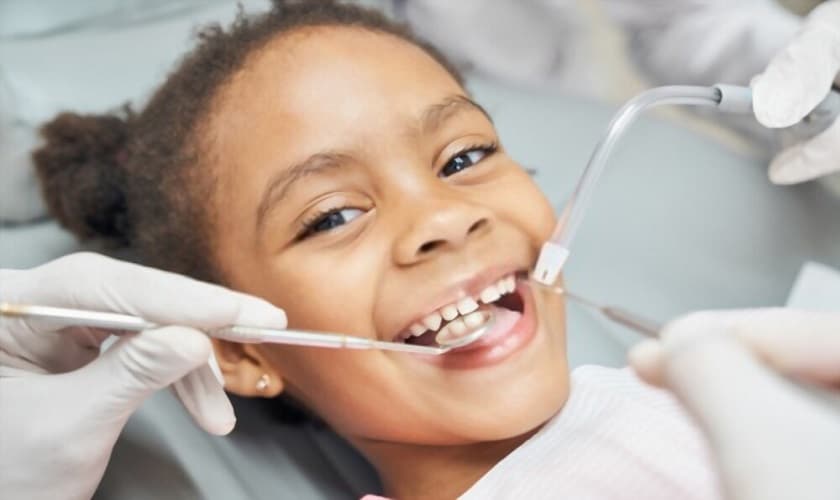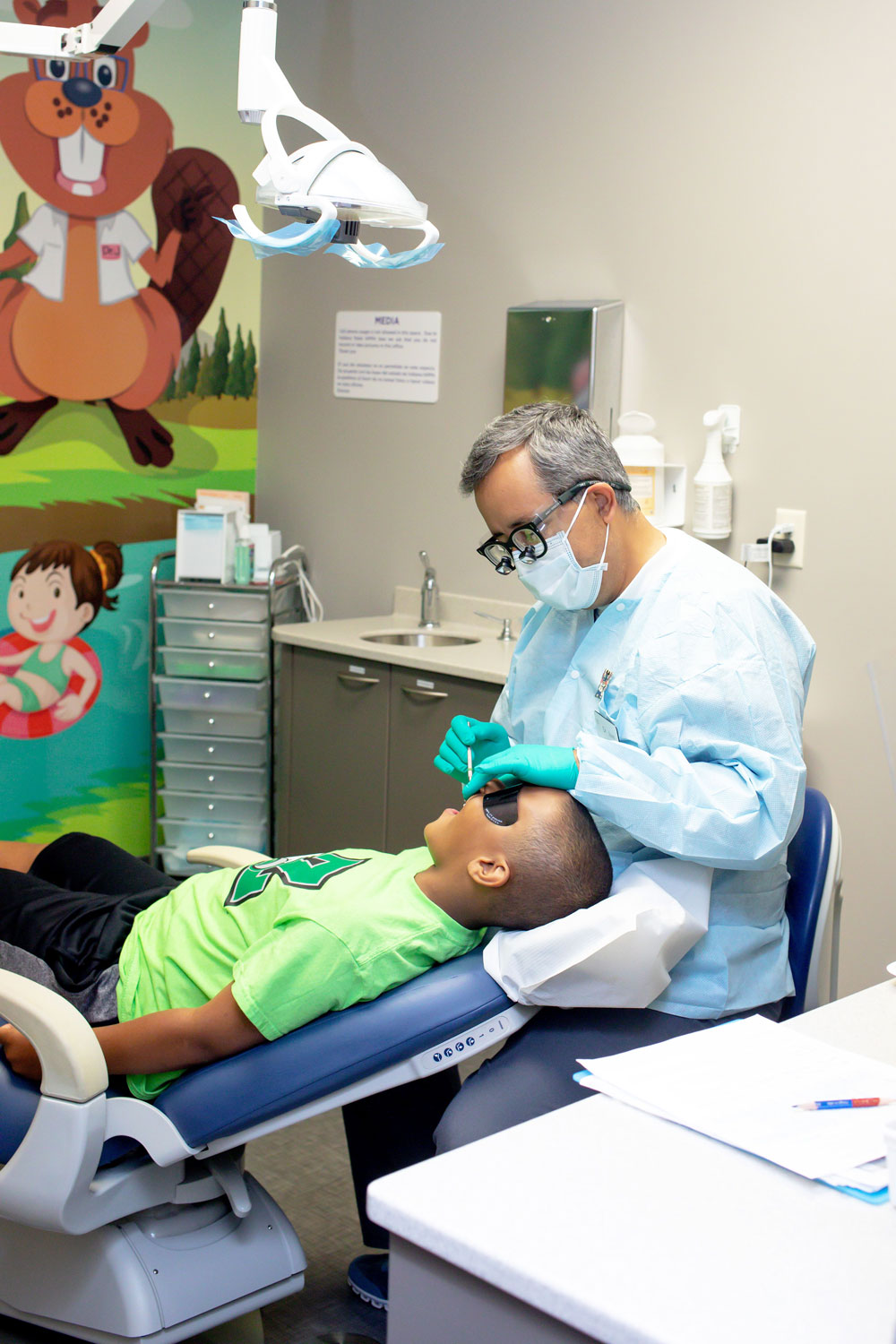Pediatric Dental Emergencies: What Parents Required to Know for Quick and Effective Treatment
In the world of pediatric health care, oral emergencies can develop unexpectedly, leaving moms and dads uncertain of just how to handle the circumstance efficiently. Recognizing the signs, types of injuries, and prompt activities to take can make a considerable distinction in the end result for a child's oral health and wellness. With a fast and appropriate reaction, moms and dads can minimize potential long-lasting effects and ensure their kid obtains the necessary care immediately. By being prepared and informed, parents can play a crucial role in securing their kid's oral wellness.
Signs of Pediatric Dental Emergencies
When evaluating pediatric dental emergencies, it is critical for moms and dads to be cautious for particular indications suggesting prospective major issues. One of the main indicators of an oral emergency situation in kids is consistent tooth pain that is not reduced by over-the-counter pain medicines. This can show a hidden infection or damage that requires instant attention from a dental expert. Swelling in the periodontals, face, or jaw area is another warning that needs to not be neglected, as it can be an indicator of an abscess or other major dental problem.

Typical Kinds Of Oral Injuries
Typical types of oral injuries in children usually arise from mishaps or sports-related tasks that can cause various kinds of trauma to the mouth and teeth. One typical dental injury is a broken tooth, which can range from a small chip to a more serious break involving the inner layers of the tooth. An additional regular injury is a knocked-out tooth, where prompt action is crucial to boost the chances of conserving the tooth. Kids may additionally experience dental injuries like tooth invasion, where the tooth is pressed into the jawbone, or avulsion, which is the total variation of a tooth from its socket. In addition, dental injuries can include luxation, where the tooth is displaced but not totally knocked out, or soft cells injuries to the gums, lips, or tongue. It is crucial for parents to be knowledgeable about these common kinds of dental injuries to offer punctual and suitable treatment in situation of emergencies.
Immediate First Aid Steps
Upon encountering a pediatric dental emergency situation, swift and proper very first aid actions are vital to minimize pain and avoid further difficulties. For a knocked-out tooth, instruct the child to delicately rinse the tooth with water, attempting not to touch the origin, and place it back in the outlet if possible. If re-implantation is not feasible, keep the tooth in a container of milk go to website or the child's saliva till getting to the dental practitioner.
When to Seek Professional Assistance
Seeking timely dental care from a pediatric expert is imperative in resolving prospective complications developing from pediatric dental emergencies. Parents should look for expert help quickly if their youngster experiences serious tooth discomfort, facial swelling, hemorrhaging that does not stop, a knocked-out irreversible tooth, or any injury to the mouth or face. These signs suggest a serious dental concern that requires instant focus from a pediatric dental practitioner.
Furthermore, if a youngster complains of consistent tooth level of sensitivity to hot or cool, problem eating or swallowing, or indications of infection such as pus around the periodontals, moms and dads should not delay in seeking professional dental treatment. These signs and symptoms could suggest underlying oral troubles that need to be resolved quickly to protect against further problems.
In situations of oral emergency situations, it is vital for moms and dads to call a pediatric dental practitioner asap to ensure appropriate diagnosis and treatment - children dentist near me. Delaying professional help can bring about exacerbated oral go now problems and extended discomfort for the youngster

Avoiding Future Oral Emergencies
To minimize the likelihood of future dental emergency situations, parents should prioritize consistent oral health practices and routine brows through to a pediatric dental practitioner for precautionary treatment. Urging children to clean their teeth two times a day with fluoride toothpaste and instructing them the correct technique for 2 mins each time can significantly reduce the threat of oral issues. Flossing day-to-day is also essential to remove plaque and food fragments between teeth, where a toothbrush can not reach. Furthermore, limiting sugary snacks and beverages can assist stop tooth degeneration and cavities.
Routine brows through to a pediatric dental professional for exams and cleansings are important for very early discovery of any type of potential oral issues. These appointments allow the dental professional to check the kid's oral health and wellness, provide professional cleansings to remove plaque and tartar accumulation, use fluoride therapies for added protection, and offer support on correct oral care strategies.
Conclusion
Finally, moms and dads need to be conscious of the indications of pediatric oral emergency situations, common kinds of oral injuries, immediate emergency treatment actions, and when to seek specialist assistance. By taking proactive steps to protect against future dental emergencies, parents can ensure quick and effective therapy for their kids. It is very important to stay educated and prepared in order to take general dental care care of any kind of oral emergency situation that might occur.